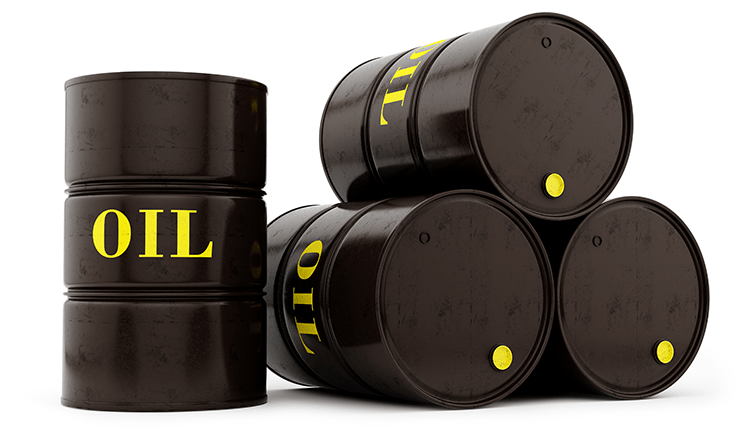On Thursday, Oil prices soared after an industry report showed a larger-than-anticipated drop in U.S. crude inventories, although worries that U.S.-China trade spat will trigger an economic slump kept a lid on gains.
U.S. West Texas Intermediate (WTI) crude futures were up 48 cents or 0.8 percent at $59.29 a barrel.
The international benchmark for oil prices, Brent crude futures were at $69.85 per barrel, increased 40 cents or 0.06 percent from their last close. Brent tumbled close to 1 percent in the preceding session.
U.S. crude inventories fell by 5.3 million barrels in the week to May 24 to 474.4 million barrels, data from industry group the American Petroleum Institute showed on Wednesday.
Official data from the Energy Information Administration (EIA) is due on Thursday.
Crude prices remain supported by output cuts from the Organization of the Petroleum Exporting Countries (OPEC) and other major producers also as dropping supplies from Iran, but signs of China’s inclination to escalate a trade spat with the United States have elevated worries about future demand.
Iranian May crude exports tumbled below half of April levels at around 400,000 barrels per day (bpd), after the United States tightened sanctions on Tehran’s main source of income, tanker data showed and two industry sources said.
A lot of analysts anticipate the OPEC-led supply cuts to be extended in a conference to be held either late June or early July as OPEC’s de-facto leader Saudi Arabia wants to avert oil prices dropping back to levels seen in late 2018 when Brent fell to $50 per barrel.
Since OPEC and its allies started withholding supply in January, oil prices have climbed by around 30 percent.
Averting prices from escalating more are worries that the trade row between U.S. and China will trigger a worldwide economic slump and a stoppage in gas consumption.
“An escalating U.S.-China trade war represents a risk to oil markets,” Bernstein Energy said in a note on Thursday.
“The IEA has lowered their demand estimate for 2019 to 100.4 million barrels per day (1.3 percent year-on-year) and we see the possibility of further negative demand revisions ahead,” Bernstein said. “Under a full-blown trade war scenario, demand growth could be cut in half to 0.7 percent (year-on-year).”
Due to of flagging demand, Bernestein said “any upside is capped” in oil markets in spite of relatively supply.
The National Development and Reform Commission said, in China, refined fuel consumption fell 2.4 percent in April from a year prior to 27.06 million tonnes.
















